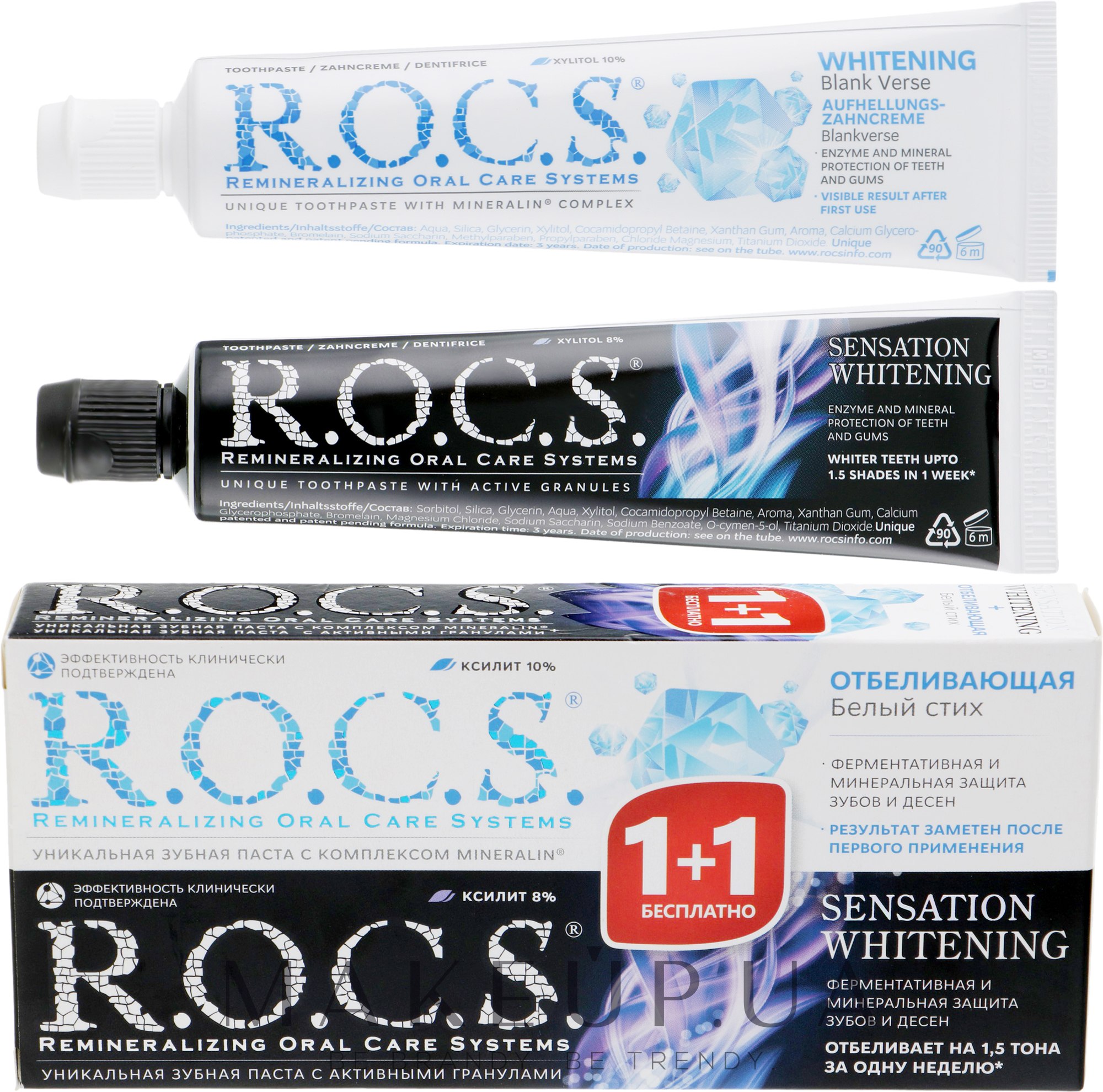

The results indicate percent years occupied in simulation time relative to watershed and location of barriers throughout the watershed based on stray rate. Print(paste( "Batch ", batch.no, " Complete - ", "time elapsed: ", round(difftime(Sys.time(), start.time, units = 'mins '), dig = 2), "min ")) print( "_ ")ĭiving deeper into the data, it important to know the location of and whether or not the populations are occupying part or all of the watershed through simulation time in the simulation space. Print(paste( "Batch ", batch.no, ", mcrun ", mc.no, "- ", "time elapsed: ", round(difftime(Sys.time(), start.time, units = 'mins '), dig = 2), "min ")) Gen.tidy <- bind_rows( gen.tidy, ) # make a tidyverse file to store ALL OF THE DATA! <- mutate( gen.tidyishish, Batch = q, mcrun = q, gen = gen.seq) # add batch, mcrun, generation information Gen.tidyishish <- inner_join( gen.tidyish, wat.df, by = "Population ") Gen.df $ Population <- as.numeric(unlist(strsplit( gen.df $ Pop, "Pop- "))) #removes the pop- identifier in the genepop files Gen.df <- read_population(paste( data.dir, batch, "/batchrun ", batch.no, mc0, file.ext, sep = " "), type = "genepop ") # read in genepop file # how do I read this in a loop now? # IS THIS STILL A QUESTION THAT YOU HAVE OR NO? Gen.tidy if yes, read in file and process it Start.time = Sys.time() # Set timer for start of run won't allow strata fields using numeric vectors.ĬolID = wshed $ ColorID, RGB = wshed $ RGB) # houses hexadecimal values used for plotting Patch.x = wshed $ POINT_X, patch.y = wshed $ POINT_Y,Įxtbar =as.character( wshed $ extbarrsub), futbar =as.character( wshed $ futbarrsub), #read these columns in as character vector so that they can be used as a strata field. Source( "private_alleles.r ") # put pathname where the "private_alleles.r" file is located within quotation marksĭata.dir "Sullivan," "Le Clerc," "Tacoma," or "PendOreilleMS" We will use this tibble for reference for Figures 3, 4, and 5. To make working with these data easier, we built a looping structure that contructs a single tibble containing all the data from the simulation.

It is also important to note that at this point, the data from CDmetaPop are in separate folders and files.

See XXXX link, page X in CDmetaPOP usermanual for details We have included the output images here as an example of the outcome of these simulations however, these are generated as summary data within CDmetaPop. Figure D was generated via R versionįigure 2 is a display of population size throughout simulation time under Riverine (IBD) and Barrier scenarios. See manuscript for details.Īlso see XXXX link for CDmetaPOP details.įigure 1 A-C was generated via GIS and image sourcing (online?). In order to apply this to any species with metapopulation structure, one will have to consider these life history and ecological parameters appropriately and perform senstivity analysis around these parameters to see if the model parameters appropriately fit the life history. The model parameters itself were derived from life history knowledge and/or ecological models previously noted in the species' literature.
#Textlab paste r how to#
The purpose of this document is not to describe how we derived the parameters for the demogenetic model but how to analyze the data from the output of this model. See XXXX link for CDmetaPOP website for further information on how to conduct reintroduction simulations. We have utilized CDmetaPOP for this, and this document describes a pipeline for evaluating not only the results of our particular model but also provides the framework for designing/implementing a simulation model for any species for metapopulation structure. network toplogy) interact to infuence the demographic and genetic characteristics of reintroduced bull trout populations in three watersheds. # Demogenetic models of Bull Trout ReintroductionĪs stated in the manuscript, these data were generated using an individual-based, spatially explicit simulation model to evaluate how reintroduction strategies, life history variation, and riverscape structure (e.g. Opts_chunk $set( warning = FALSE, message = FALSE)

Title: "Example of Bull Trout CDmetaPOP output Data analysis "


 0 kommentar(er)
0 kommentar(er)
